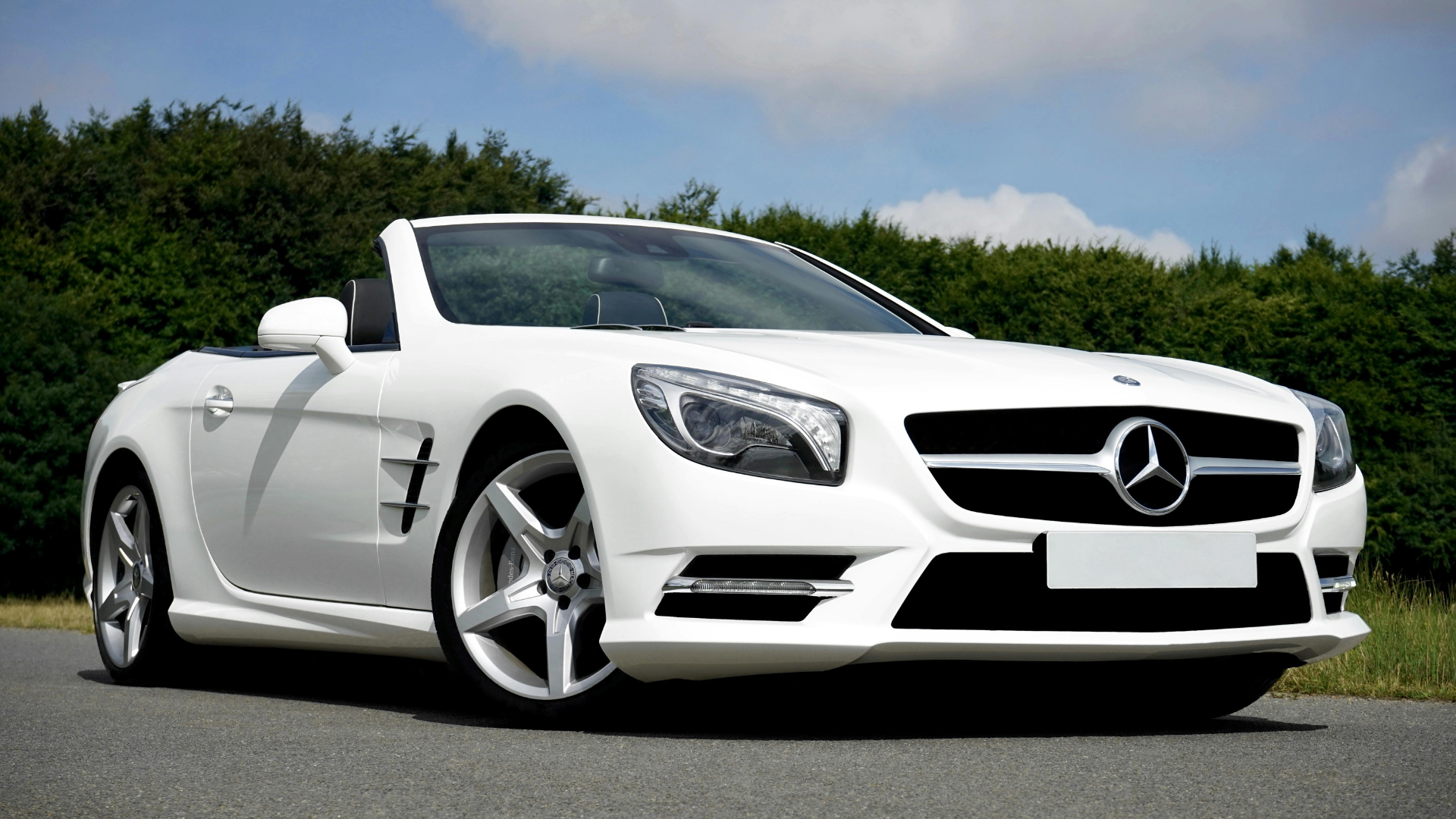The Hidden Hassle Under The Hood
Car batteries aren’t something most drivers think about until the moment they fail, and that’s when placement suddenly matters. Some manufacturers make life easy by putting the battery right in front, within reach and ready for a quick swap. Others tuck it away in baffling locations, turning what should be a simple task into a frustrating challenge. So, first, let’s take a look at ten cars that turned battery placement into a frustrating puzzle.
1. Chrysler Sebring (2001–2006)
Replacing the battery in the Chrysler Sebring is a chore of patience and tools. Access begins with wheel removal and fender liner disassembly, followed by finding bolts and plastic clips shielding the compartment. After installation, radio presets vanish, and the transmission computer slowly reestablishes its memory of driving patterns.
2. Cadillac CTS-V (2004–2007)
The first-generation Cadillac CTS-V carried a Corvette-sourced V8, matched by engineering choices designed to challenge European sport sedans. Among them was the battery’s unusual placement: hidden in the trunk beneath liners and spare tire covers. This design enhanced handling balance, sacrificing ease during routine maintenance.
3. BMW 3 Series E90 (2006–2011)
BMW's decision to position the E90 3 Series battery in the trunk created a ripple effect that complicates routine maintenance. Unlike traditional engine-bay placement, accessing the battery requires navigating through the trunk floor covers and plastic shields on the right side.
4. Chevrolet Corvette C5 (1997–2004)
When C5 Corvette owners discover it's time for a battery change, they're often caught off guard by what should be a simple task. The culprit? A battery kept away under the windshield cowl, crammed into the passenger-side engine bay.
5. Dodge Intrepid (1998–2004)
For Dodge Intrepid models built between 1998 and 2004, battery replacement often carries a higher service bill than expected. The design forces technicians to remove the air filter housing and intake components to reach the battery, turning simple maintenance into a drawn-out technical procedure.
6. Nissan 350Z (2003–2009)
Nissan's engineering team positioned the 350Z's battery near the firewall to maximize engine bay space while ensuring protection from heat and elements. Its plastic cover design, secured by removable clips, represents a balanced compromise between component shielding and maintenance access.
7. Pontiac G6 (2005–2010)
Battery access in the Pontiac G6 is not entirely straightforward. Positioned beneath a protective cover on the engine bay’s right side, the unit requires additional steps for removal. Though manageable, the design introduces a complication for routine upkeep on one of Pontiac’s last models.
8. Toyota Prius (2004–2009)
In the second-generation Prius, the 12-volt auxiliary battery is fixed away in the rear cargo area, hidden behind the passenger-side trunk panel. While this keeps the engine bay uncluttered, it makes access inconvenient, especially in emergencies.
9. Chrysler 300 (2005–2010)
Most vehicles keep their batteries under the hood for easy access, but the 2005–2010 Chrysler 300 hides its unit in the trunk. Positioned beside the spare tire and covered by the trunk floor panel, the setup complicates routine maintenance compared to more conventional designs.
10. BMW X5 (E70, 2007–2013)
Unlike most vehicles, where battery access requires a simple hood lift, the E70 BMW X5 presents a battery positioned in the trunk beneath both the floor panel and storage tray on the right side. Due to this, it requires the removal of multiple components for service.
Now that the worst offenders are out of the way, it’s time to highlight ten cars that actually got it right.
1. Honda Civic (2001–2005)
This one places its battery in an easily accessible engine bay compartment, making replacement straightforward. A simple 10mm wrench handles the job efficiently. After installation, drivers must enter the radio’s security code, and the transmission’s adaptive programming resets itself to align with your driving habits.
2. Toyota Camry (2002–2006)
Unlike many rival sedans that seem to delight in hiding batteries behind seats or wheel wells, the Toyota Camry took a refreshingly practical approach. Its battery sits logically under the hood in an easily accessible engine bay location, secured by a simple 10mm bracket system.
3. Honda Accord (1998–2002)
The sixth-generation Honda Accord, rolling off assembly lines in both Japan and the United States, exemplifies how evolving automotive design can simplify vehicle ownership. This philosophy shines through in the engine bay, where engineers positioned the battery for optimal accessibility.
4. Nissan Altima (2002–2006)
Pop the hood of a Nissan Altima, and you'll discover how thoughtfully engineered this V6-capable sedan really is. The battery sits in plain view, secured by a straightforward clamp system. With just basic tools needed, battery checks and replacements become hassle-free tasks anyone can handle.
5. Mazda 6 (2003–2008)
The 2003–2008 Mazda 6 showcases smart automotive design by placing the battery in a highly accessible engine bay spot. This service-friendly layout simplifies routine maintenance, ensures quick battery replacements, and allows roadside jump-starts to be handled with ease.
 jjron (photographer); Edited by OSX. on Wikimedia
jjron (photographer); Edited by OSX. on Wikimedia
6. Volkswagen Jetta (2005–2010)
Volkswagen's fifth-generation "A5" Jetta platform, launched in 2005, maintained the proven engineering philosophy of under-hood battery placement. While accessing the power cell requires navigating protective covers, this conventional location reflects a deliberate balance between component protection and serviceability.
7. Ford Taurus (2000–2007)
Ford's engineers made a purposeful choice in positioning the Taurus's battery within the engine bay, adhering to a conventional under-hood layout that continues to prove its worth. This strategic placement delivers straightforward access for routine maintenance tasks, while ensuring drivers can easily perform battery checks and jump-starts using basic tools.
8. Subaru Legacy (2005–2009)
Many drivers dread the thought of battery maintenance, imagining complex procedures and specialized tools. Yet the 2005-2009 Subaru Legacy puts those fears to rest with its thoughtfully designed engine bay layout. The battery sits conveniently under the hood, secured by a simple bracket.
9. Mitsubishi Galant (2004–2008)
The 2004 Galant debuted as the first model on Mitsubishi’s advanced PS platform, combining performance with everyday practicality. Engineers also focused on serviceability, placing the battery in a strategic, easy-to-reach engine bay position that allows routine maintenance without removing surrounding components.
 U.S. National Highway Traffic Safety Administration on Wikimedia
U.S. National Highway Traffic Safety Administration on Wikimedia
10. Kia Optima (2006–2010)
Known internationally as the Magentis in select markets, the 2006-2010 Kia Optima exemplifies practical automotive design through its under-hood configuration. The battery's placement beneath the hood, secured by a standard clamp system, enables access for both routine maintenance tasks and emergency jump-start situations.


























